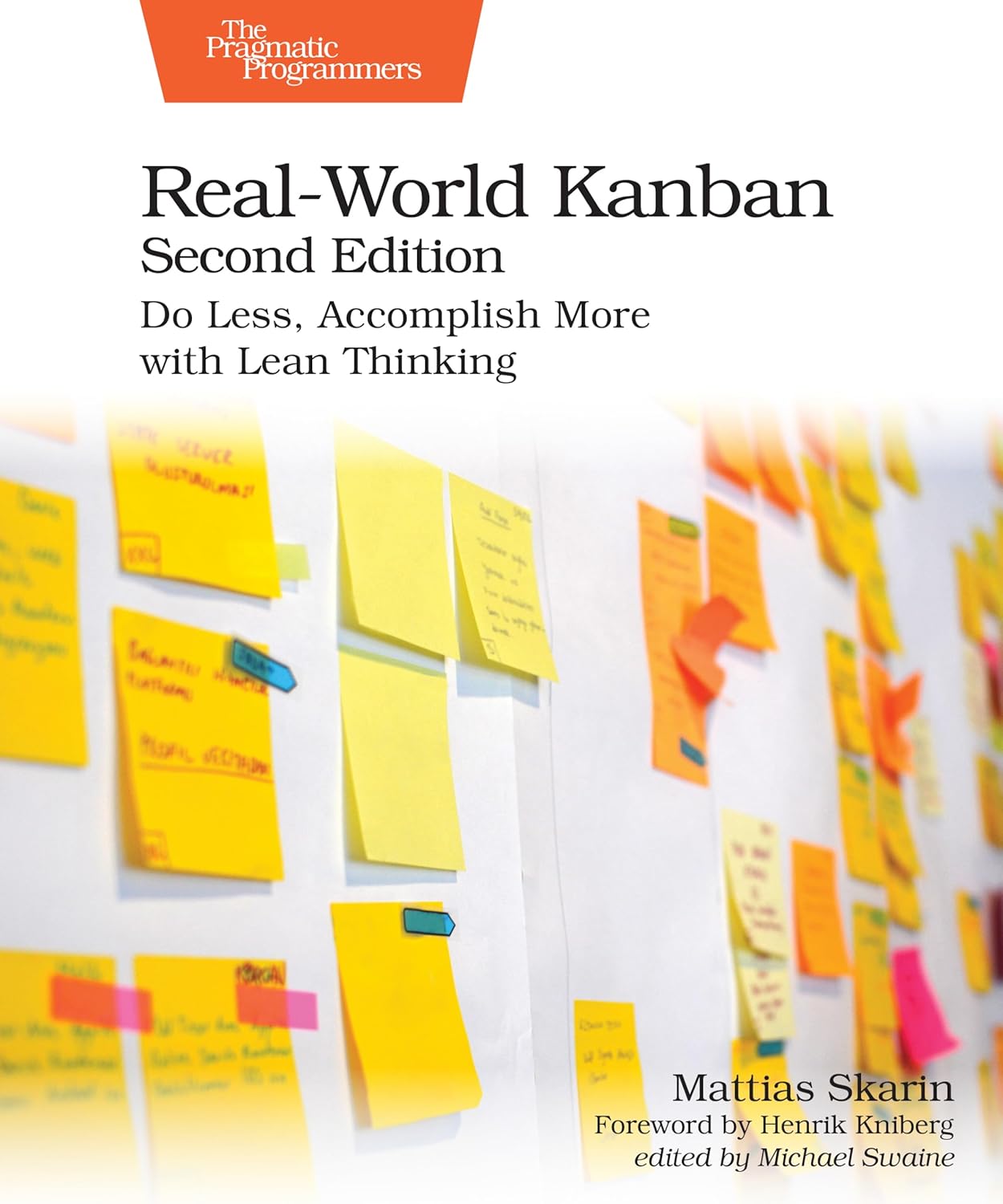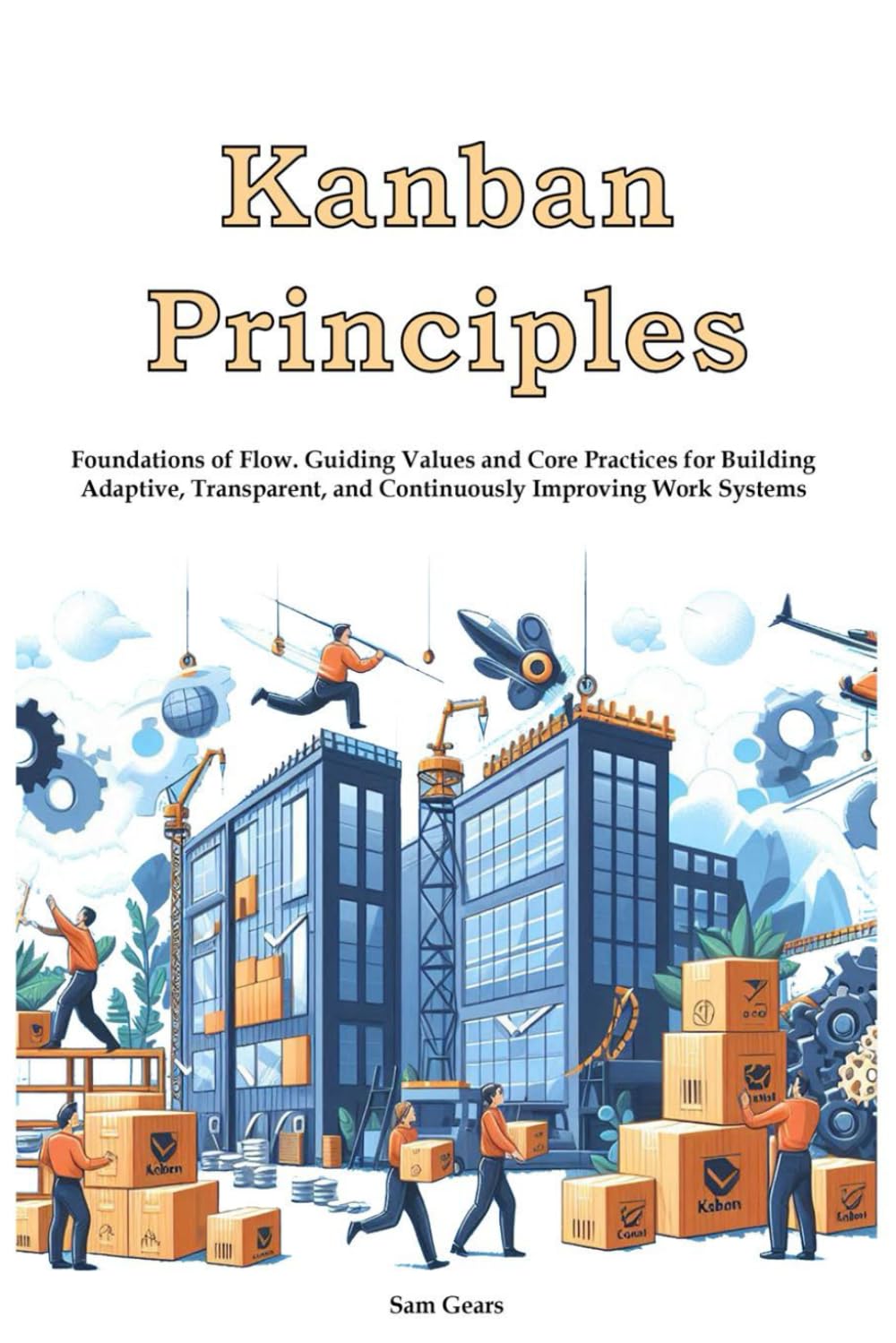
Kanban
What is Kanban?
Originating from the Kanban Method, Kanban is a visual workflow management approach that optimizes and tracks work as it progresses. Toyota initially developed it in manufacturing, and companies have since adapted it for use in software development, project management, and other business environments. The system uses visual boards, usually with columns representing different stages of work, to help teams identify bottlenecks, improve efficiency, and promote continuous delivery. Cards represent work items and move across the board, making the status of each task visible to everyone involved.
Kanban encourages teams to limit work in progress (WIP), which helps maintain focus and ensures that work flows smoothly. It promotes collaboration, transparency, and incremental improvements. Because of its adaptability, many organizations adopt it alongside frameworks like Agile or Lean.
Key Points
- Kanban is a visual method for managing work, often displayed on a board with columns.
- It originated in manufacturing but is now widely used in knowledge work.
- The method emphasizes limiting work in progress to improve flow and productivity.
- It allows for continuous delivery without fixed-length iterations.
- Kanban supports incremental changes rather than overhauling entire processes.
Related Terms
- Agile methodology often incorporates Kanban to improve visual workflow tracking and flexibility.
- Scrum teams may use Kanban boards to manage tasks within sprint cycles.
- Lean project management shares principles with Kanban, such as reducing waste and improving flow.
- Work in progress (WIP) is a core concept in Kanban, limiting the number of tasks in each workflow stage.
- Continuous improvement is encouraged in Kanban, often through regular reviews and performance metrics.
Kanban: Example
A marketing team uses a Kanban board with columns labelled “Backlog,” “In Progress,” “Review,” and “Completed.” Each campaign task is written on a card and placed in the appropriate column. As team members begin work, they move the cards to the “In Progress” column. Once tasks are ready for feedback, they move to “Review” and “Completed” when finished. The team holds brief daily meetings to discuss progress and identify any blockers.
Kanban: Best Practices
- Set clear WIP limits to prevent overload and maintain steady progress.
- Keep the board updated regularly to reflect the real-time status of tasks.
- Use feedback loops, like daily stand-ups or retrospectives, to improve processes.
- Start with your current workflow and introduce changes gradually.
- Encourage team collaboration by making the workflow visible and accessible.
Additional Resources
Preparing for a PMI certification?
- Exam Prep Courses: PMP®, CAPM®, and PMI-ACP®
- Exam Simulators: PMP®, CAPM®, PMI-ACP®, PMI-PBA®, PMI-RMP®, PMI-SP®, PgMP®, and PfMP®
- Professional Development Units (PDUs): 15, 30, and 60 PDU Bundles




